Closets often become the catch-all for items that we no longer need or use. With the average person wearing only 20% of their wardrobe regularly, it’s evident that many items in our closets serve little to no purpose. This listicle includes the most common items that unnecessarily occupy space in our closets and practical advice on what to do with them.
Old and Unused Bags
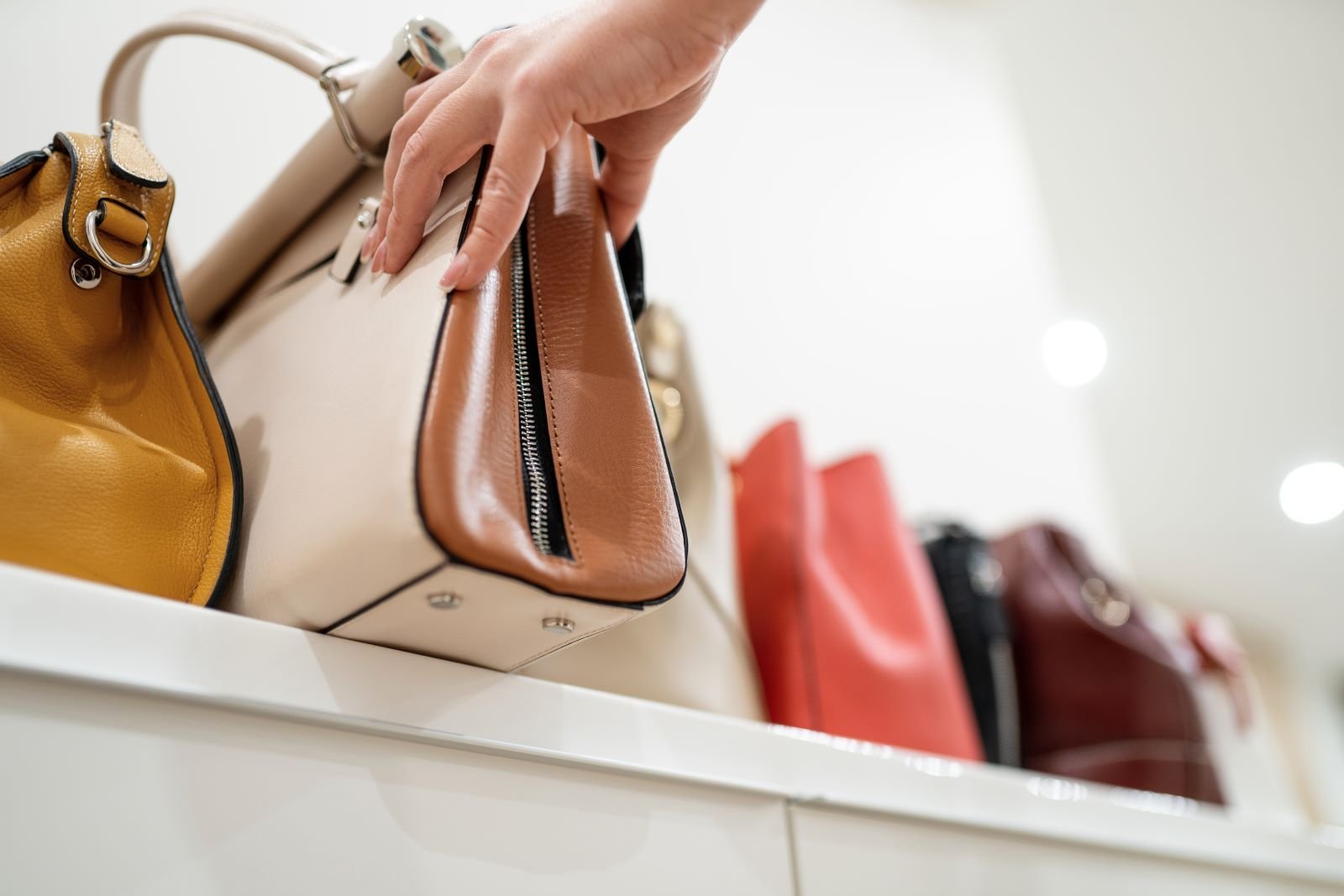
Many of us hoard bags, from free tote bags to boutique shopping bags, that have accumulated over the years. These bags rarely get used and end up taking valuable closet space. Instead of storing them in your closet, recycle or repurpose them. Keep a few reusable bags for shopping and donate or recycle the rest.
Clothing That No Longer Fits
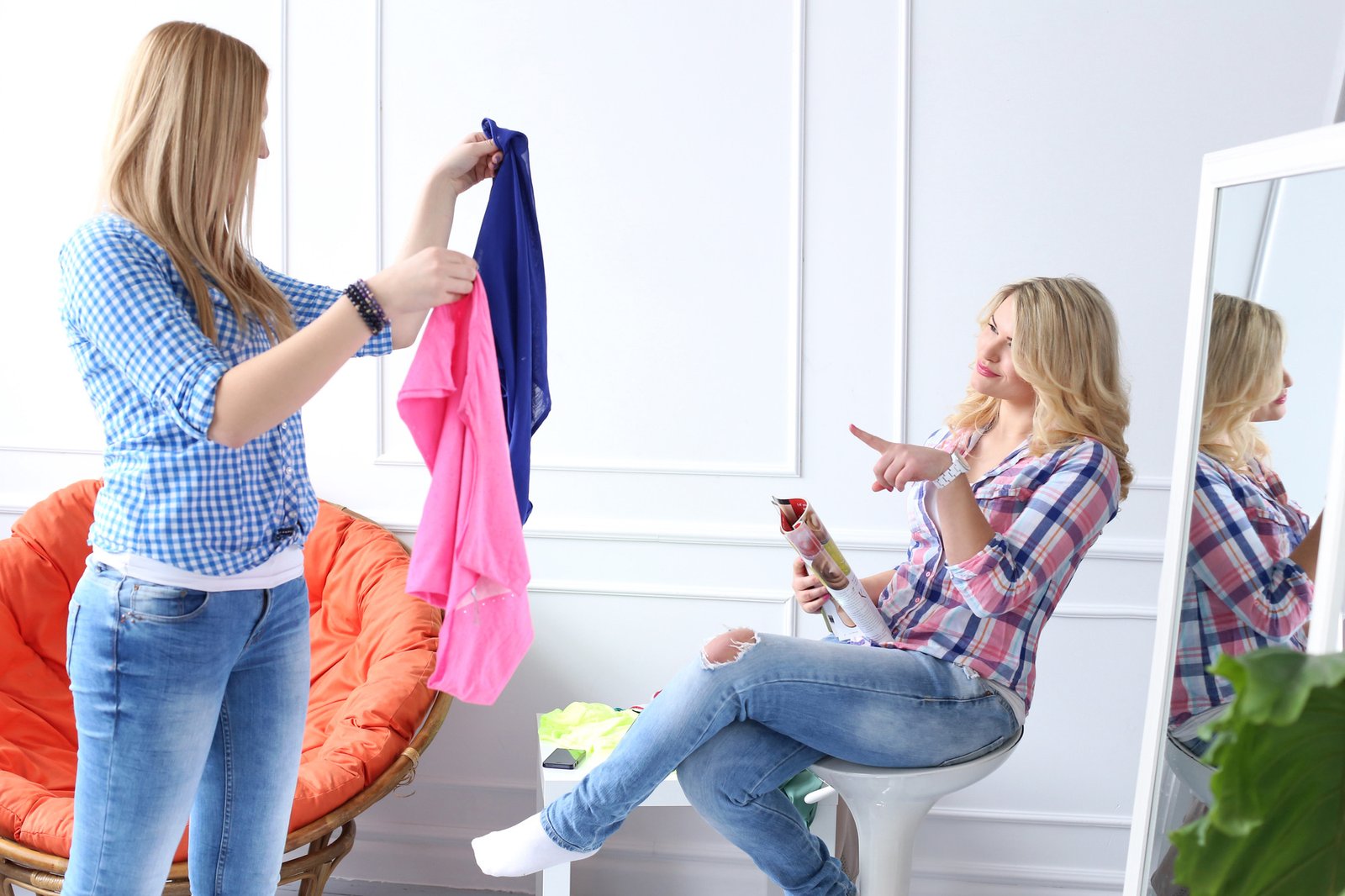
In a study by Credit Donkey, it was revealed that women have an average of $1,000 to $2,500 of clothing sitting in their wardrobe. 9% of women have more than $10,000 sitting in their closet.
That means, holding onto clothes that no longer fit in the hope that they might fit again someday is a common habit. However, these items just add to the clutter. If you haven’t worn something in over a year, it’s time to donate it. This can free up significant space and provide clothing to those in need.
Out-of-Season Clothing
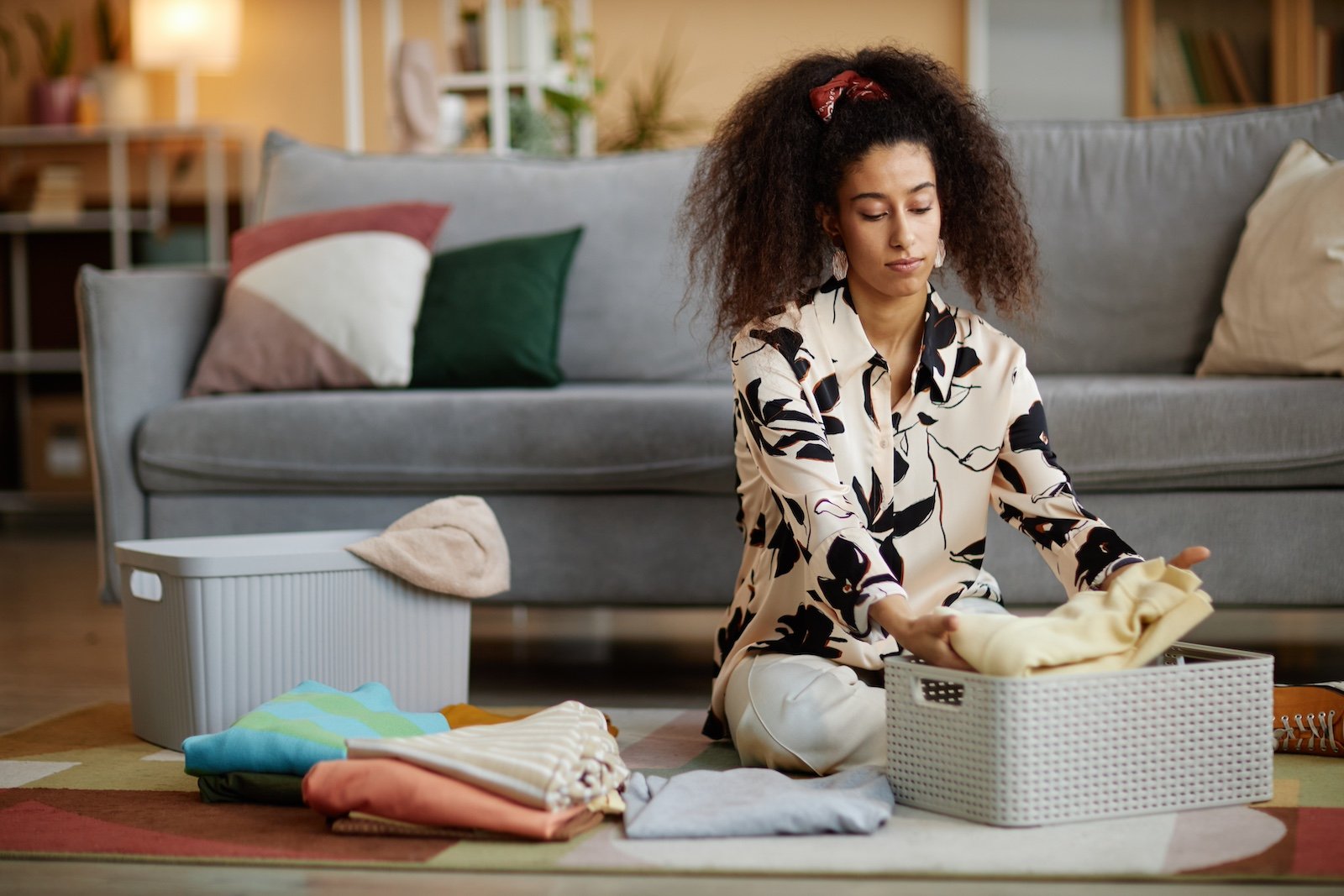
Keeping out-of-season clothing in your main closet is inefficient. Store winter coats, heavy sweaters, and other seasonal items in under-bed storage or vacuum-sealed bags during off-seasons. This practice not only saves space but also makes your closet more functional and less cluttered.
Excess Hangers
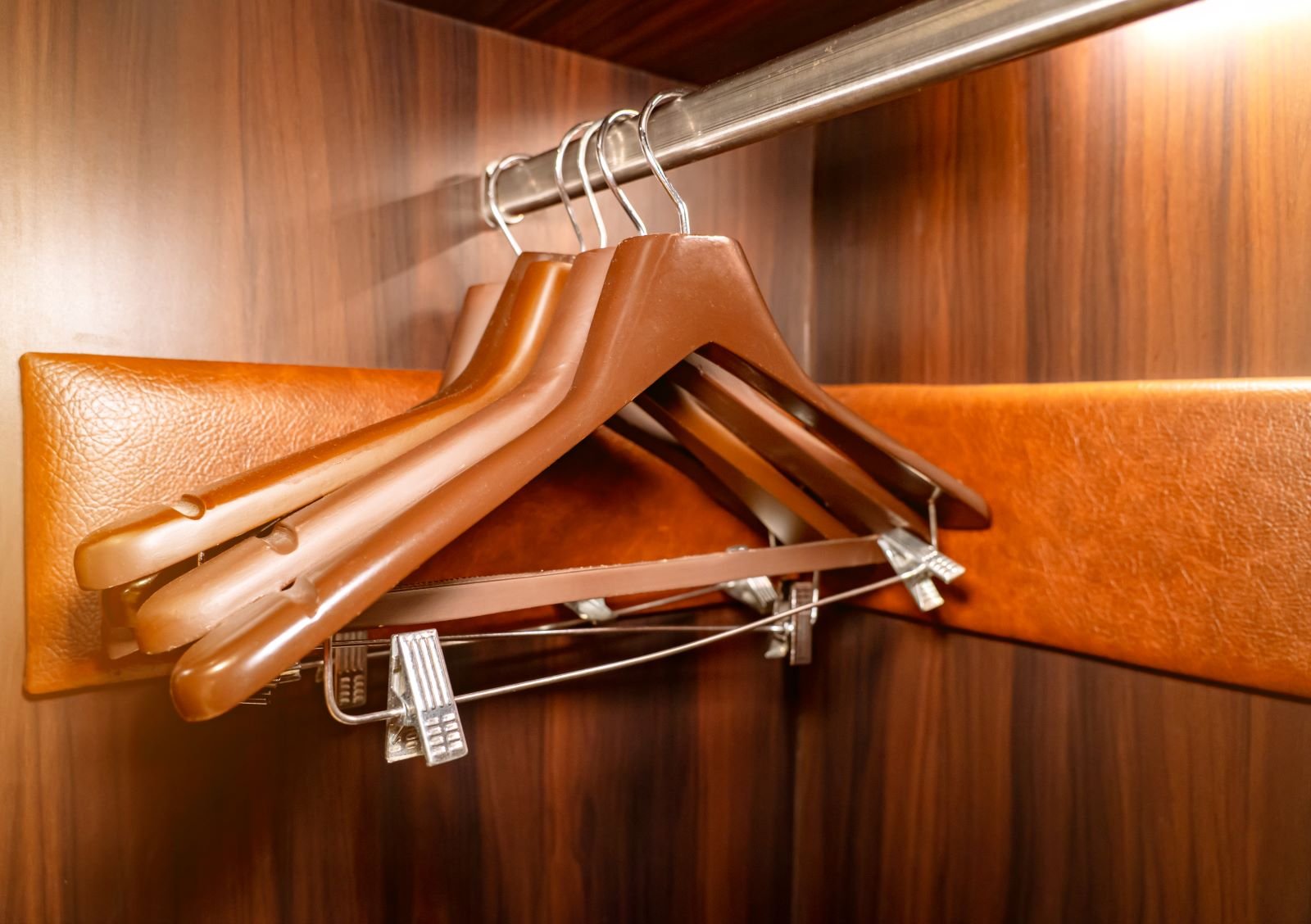
Too many hangers can create a tangled mess. Keep only the number of hangers you need and store or donate the extras. Consider using thin, non-slip hangers to maximize space and keep clothes neatly in place.
Damaged Clothing
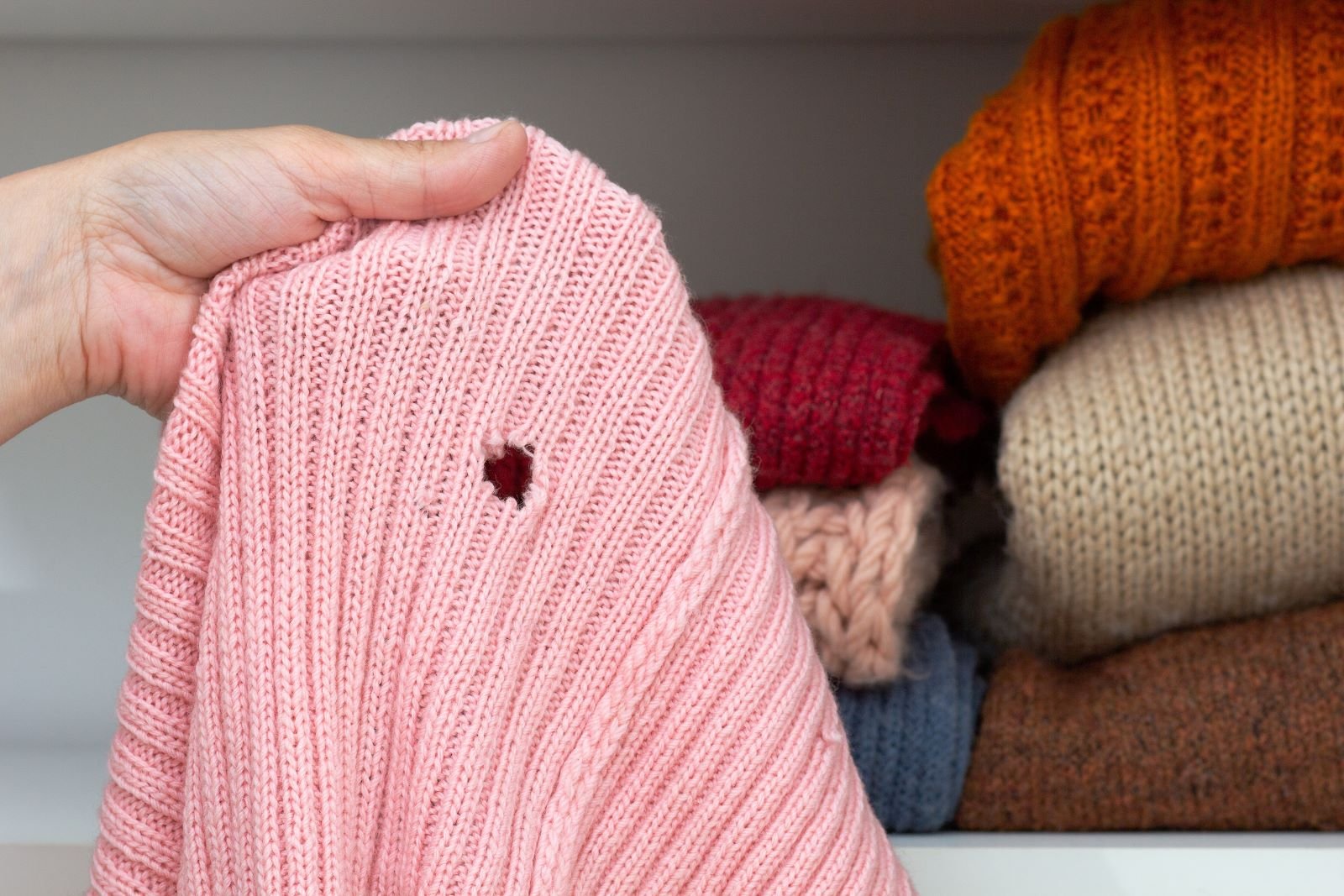
We often keep clothes that are stained, have holes, or are otherwise damaged, hoping to repair them someday. Realistically, if you haven’t fixed these items within a few months, it’s time to let them go. Only keep items that you genuinely plan to repair and set a specific time frame for doing so.
Sentimental Clothing

Items like wedding dresses, prom dresses, and other sentimental clothing take up significant space. Consider preserving these items in vacuum-sealed bags or storage boxes. If they are not being used or displayed, it might be worth donating them to organizations that can repurpose them.
Shoes You Never Wear
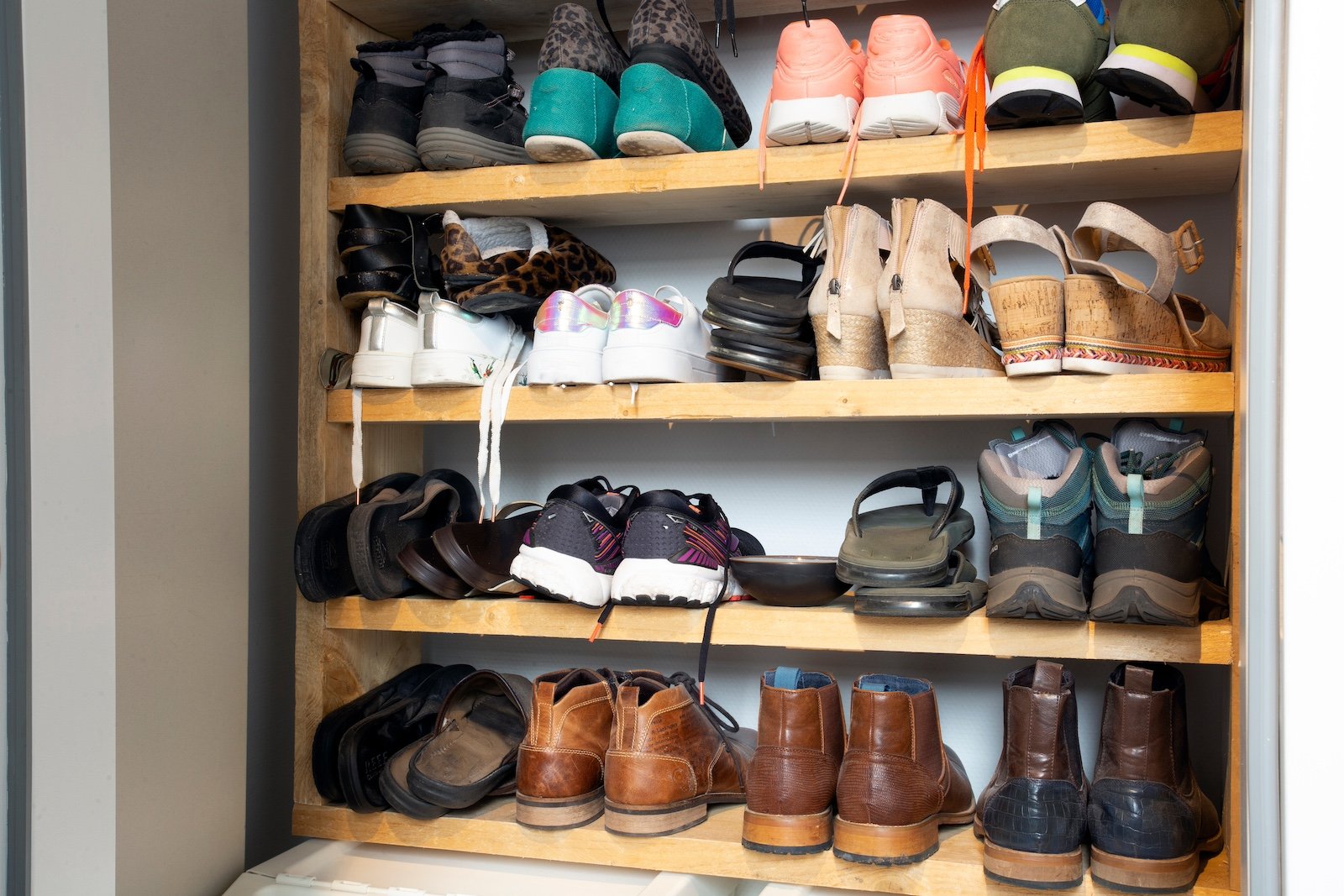
A study revealed that 32% of women own more than 25 pairs of shoes – which we believe is just too many..
We often hold onto shoes that are uncomfortable, out of style, or just not worn anymore. Assess your shoe collection and donate pairs that no longer serve you. Store seasonal shoes separately to make your everyday choices more accessible.
Unworn Sale Items

According to a study, two in five Americans (42%) say they have bought something on sale and then later regretted it. Similarly, people buy clothes and don’t wear them at all.
Impulse buys, and sale items that never get worn contribute to closet clutter. It’s important to be honest with yourself about these purchases. Donate or sell items that still have tags and haven’t been worn.
Bulky Luggage
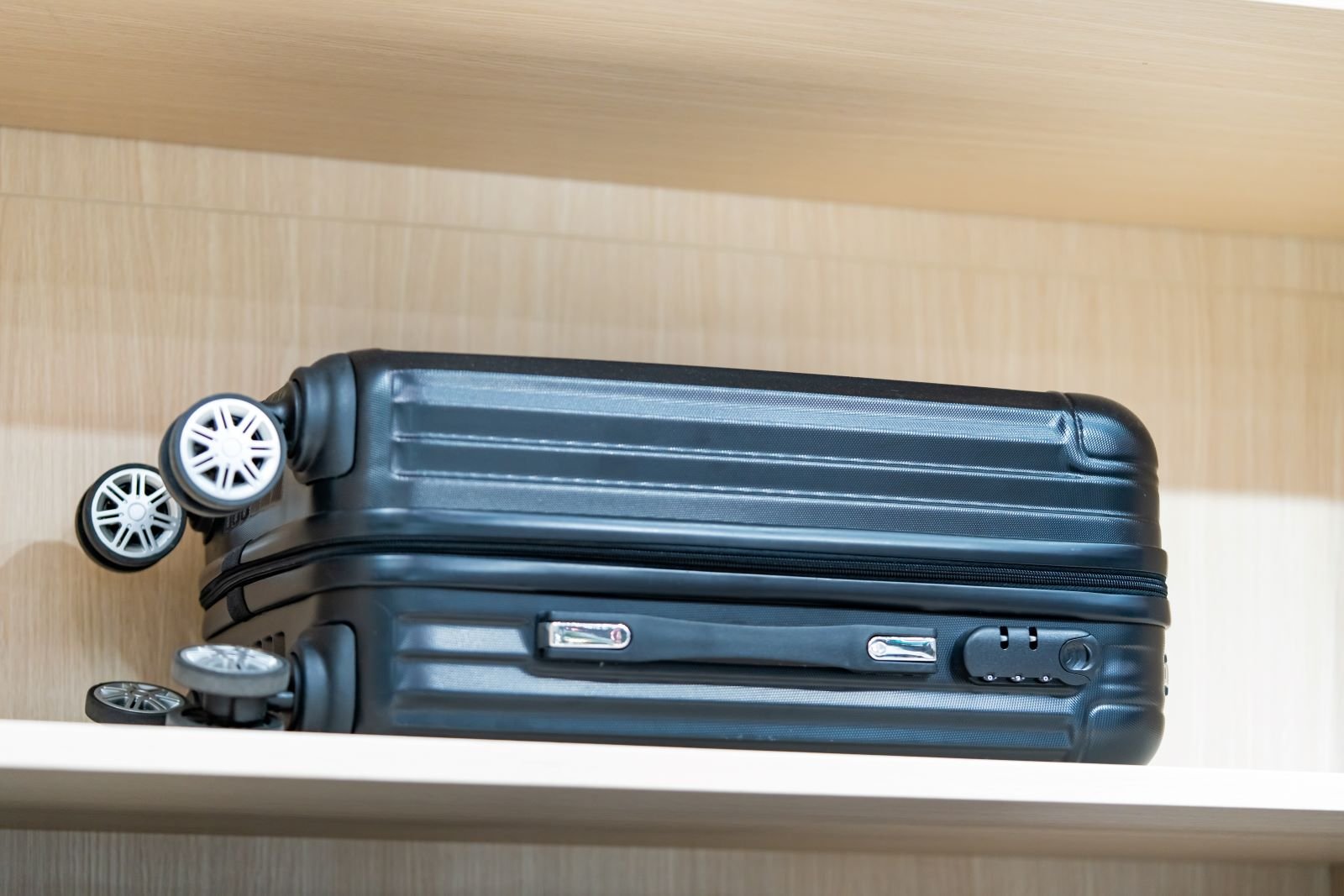
Luggage can take up a lot of space in closets. Consider storing them in a garage, attic, or under the bed. Packaging them with out-of-season clothing or other items can also maximize space.
Special Occasion Clothing

Special occasion dresses, suits, and other formal wear are often kept for years without being worn. If these items no longer fit your lifestyle or have not been worn in years, it’s time to consider donating them.
Outdated Fashion
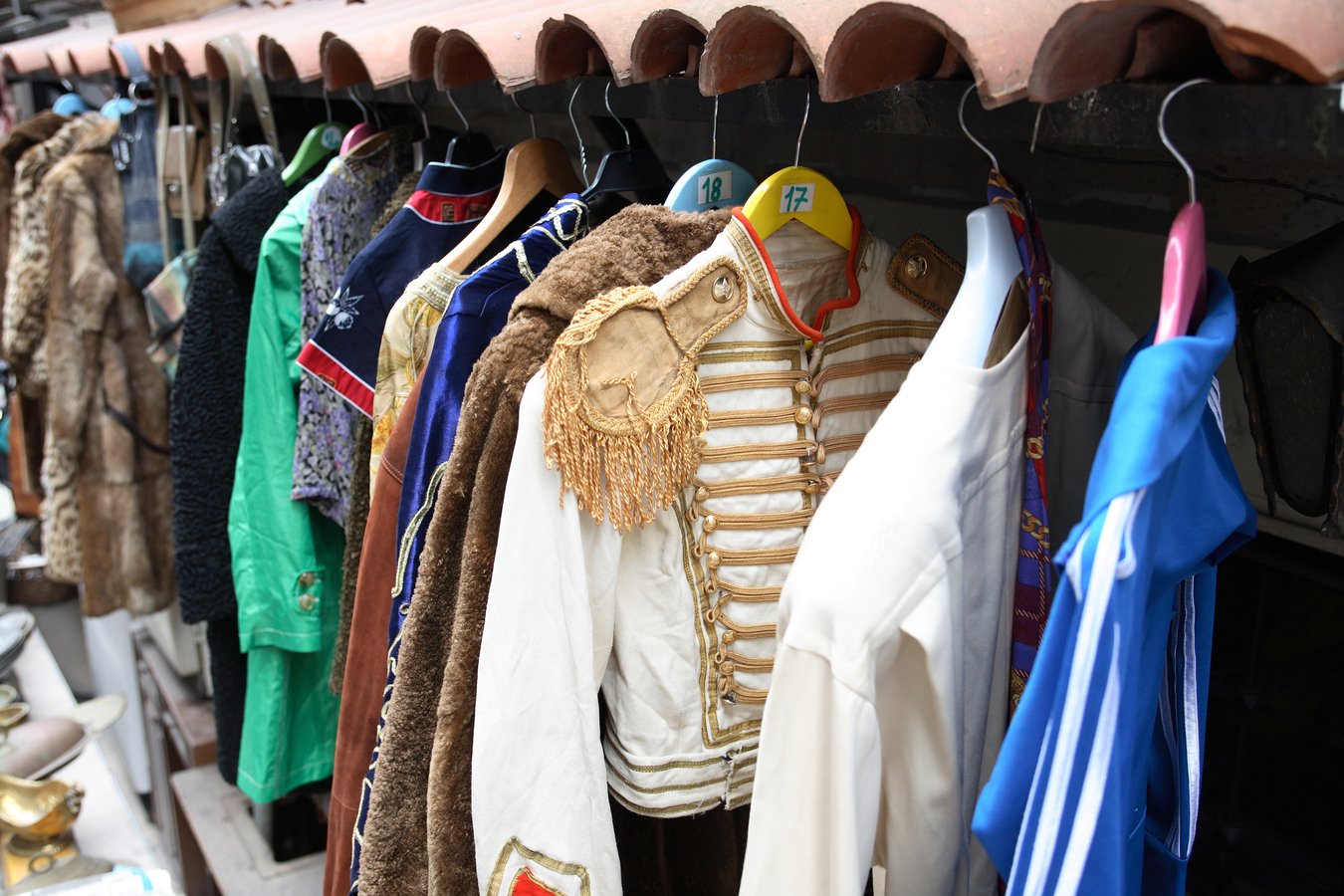
Trends come and go; sometimes, we keep outdated fashion items, hoping they’ll return in style. Unless an item has significant sentimental value or is a timeless piece, it’s best to part with it to make room for the clothes you actually wear.
Single Socks and Gloves
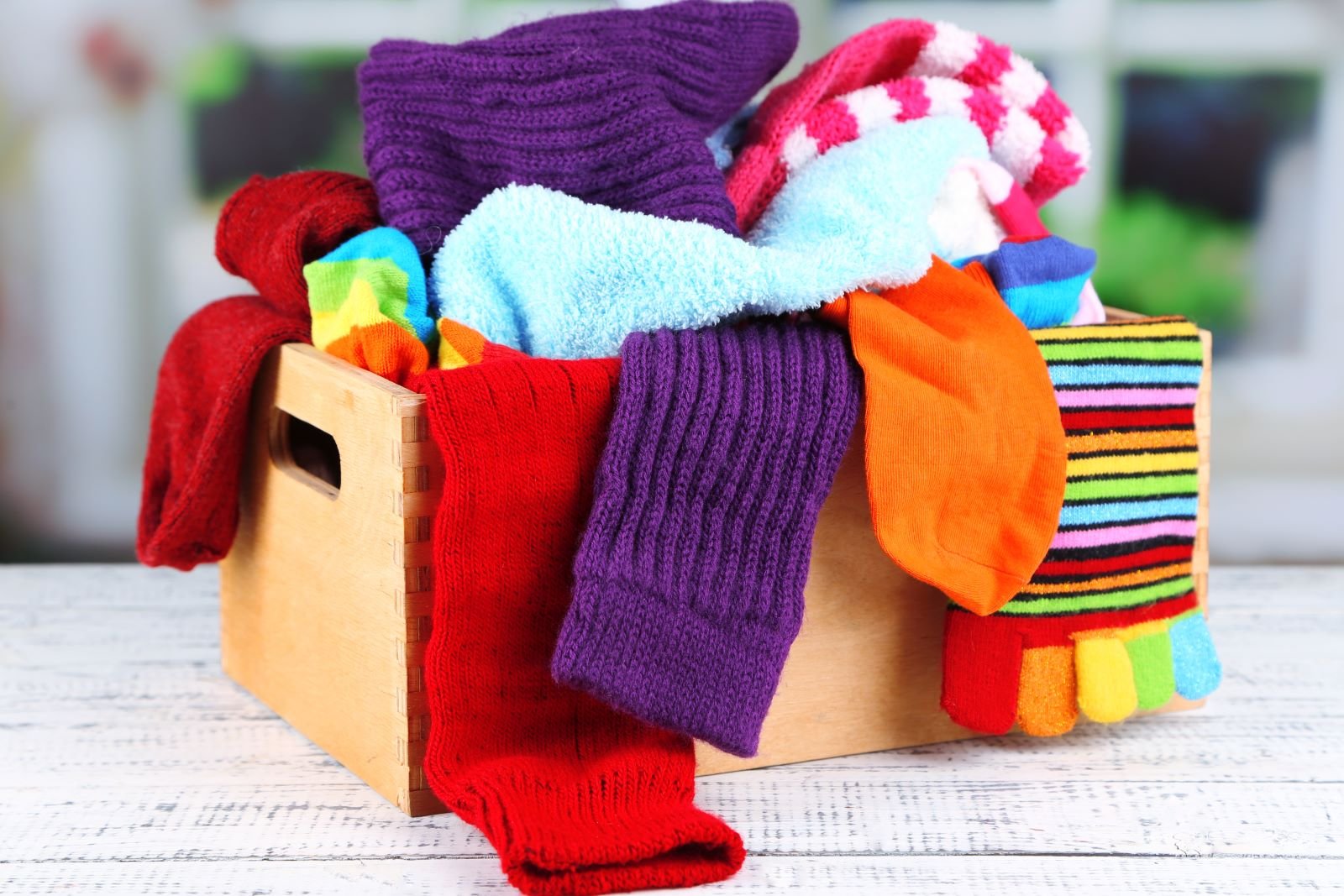
Socks and gloves that have lost their pairs tend to linger in drawers. If you haven’t found the matching pair in a year, it’s safe to say it’s gone for good. Donate single socks to textile recycling programs.
Gift Clothing You’ll Never Wear
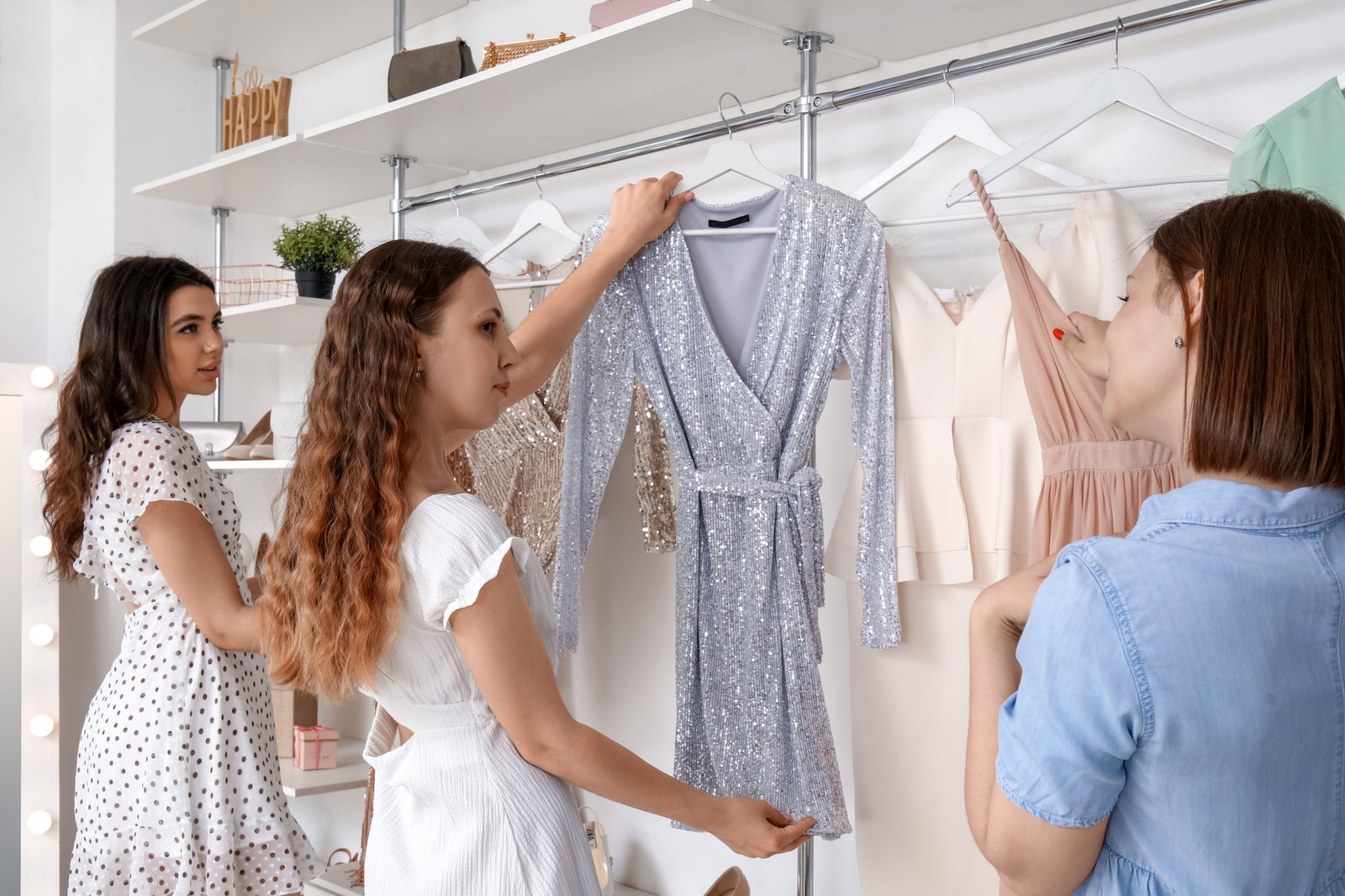
We all receive clothing gifts that don’t fit our style or size. Instead of letting these items take up space, donate them. It’s better to let someone else enjoy them rather than keeping them unused in your closet.
Old Costumes
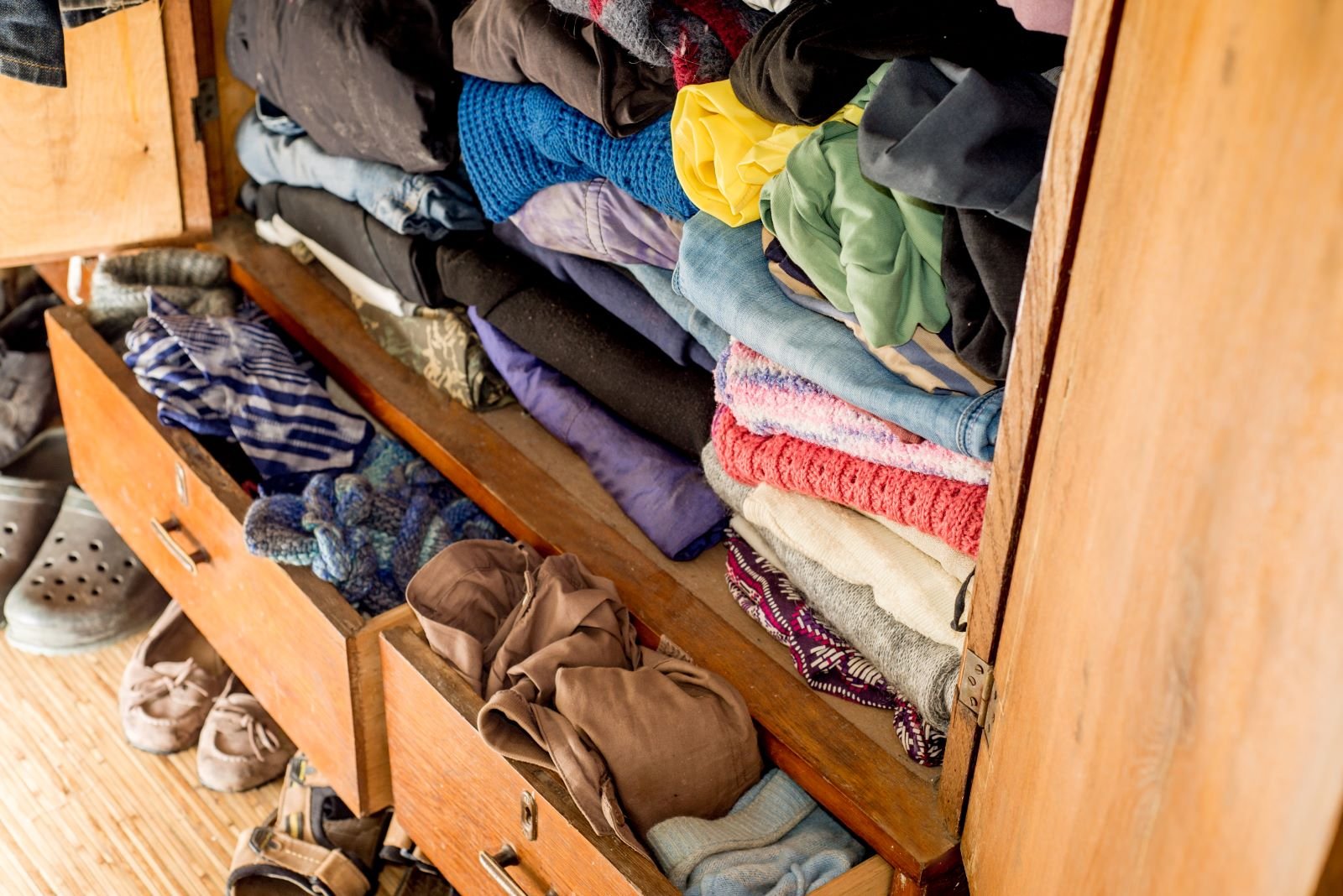
Old Halloween costumes or themed party outfits rarely get reused but often take up space. Unless you have a specific use for them in the near future, donate them to local theaters, schools, or recycling programs.
Excess Workout Gear
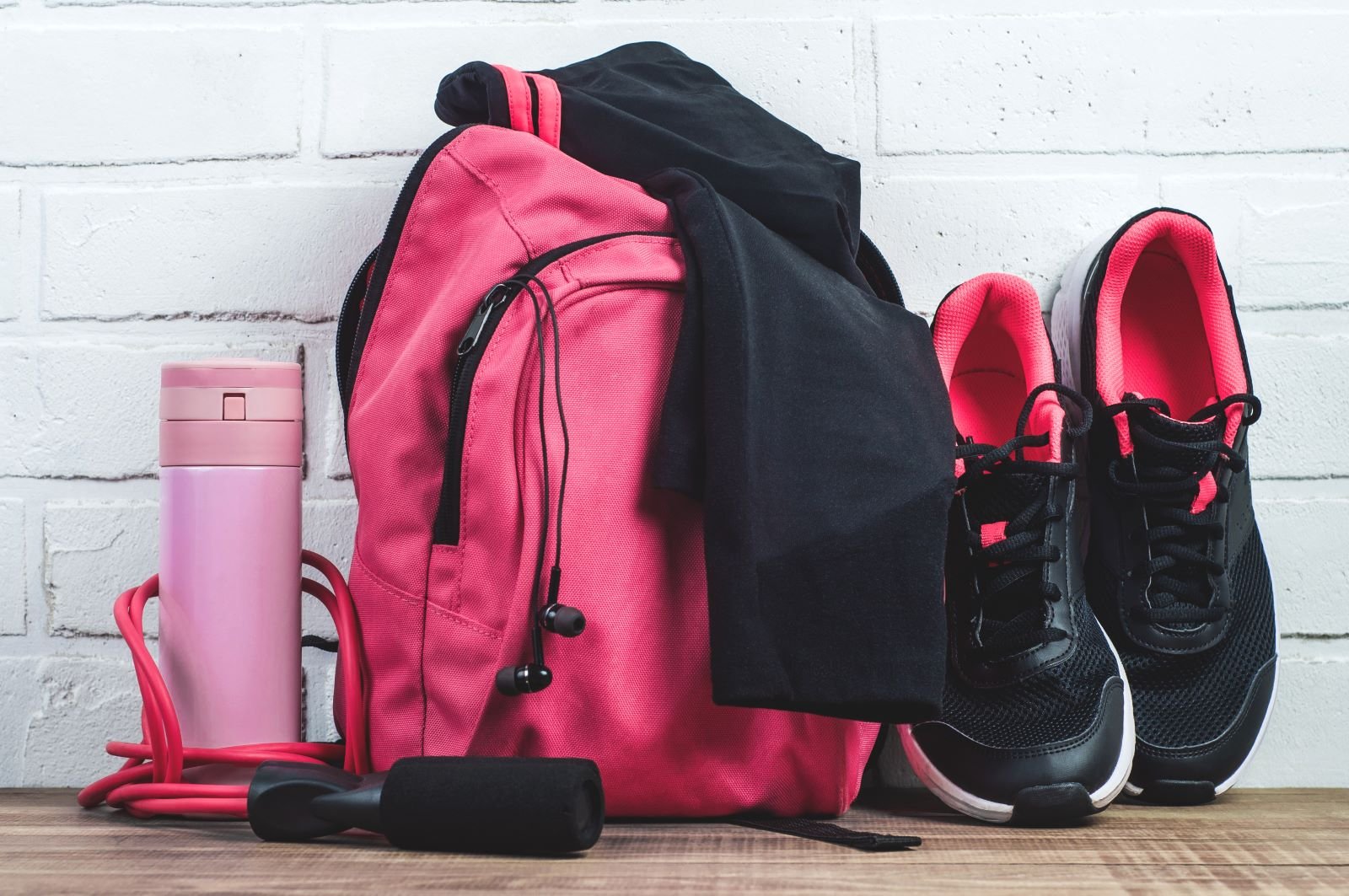
Many of us accumulate more workout gear than we actually use. Sort through your collection and keep only the pieces you regularly wear. Donate or recycle the rest.
Duplicate Items
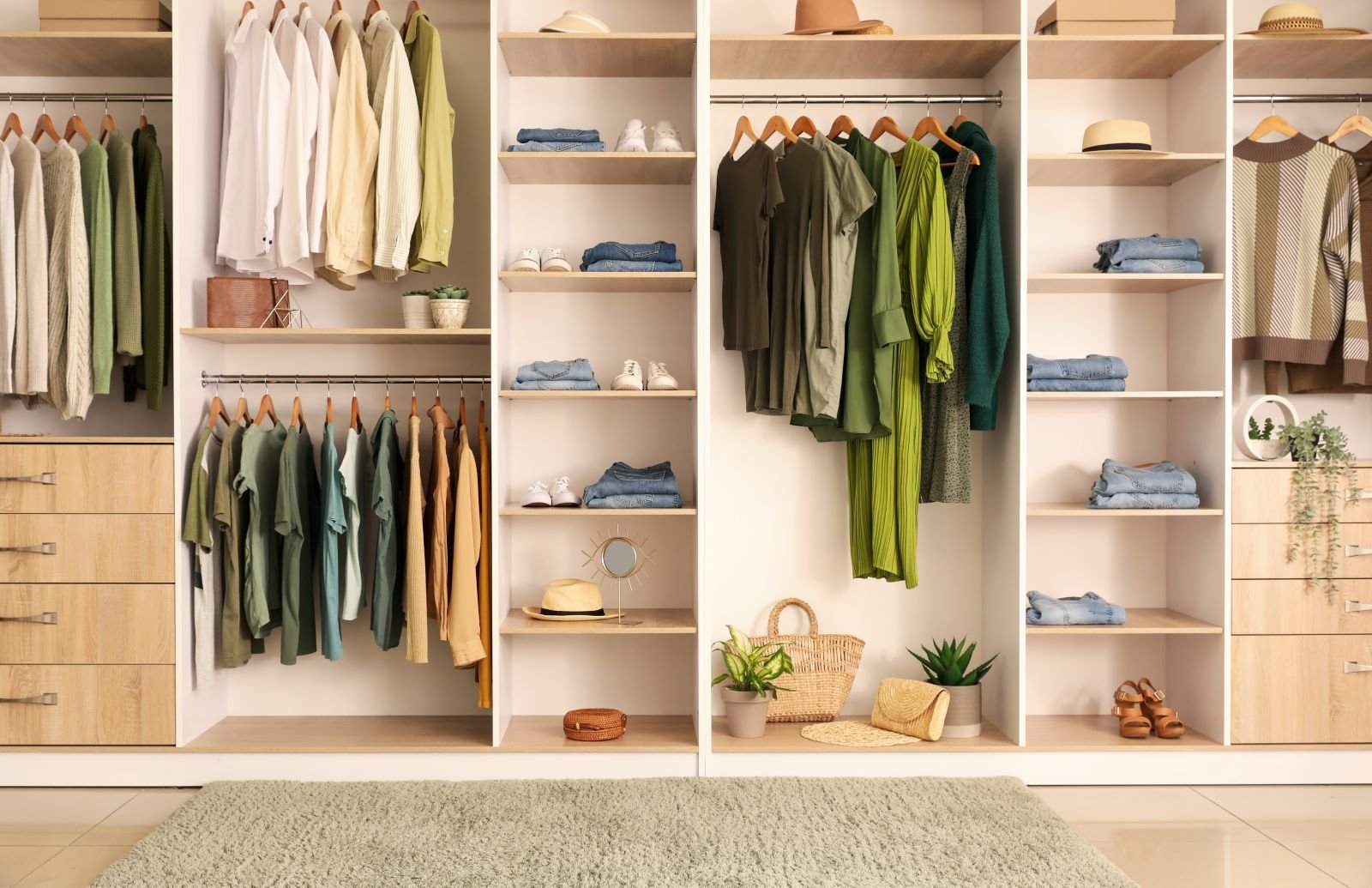
Multiple versions of the same item, like black t-shirts or jeans, can be unnecessary. Pare down to the ones you wear the most and donate the extras.
Unused Accessories
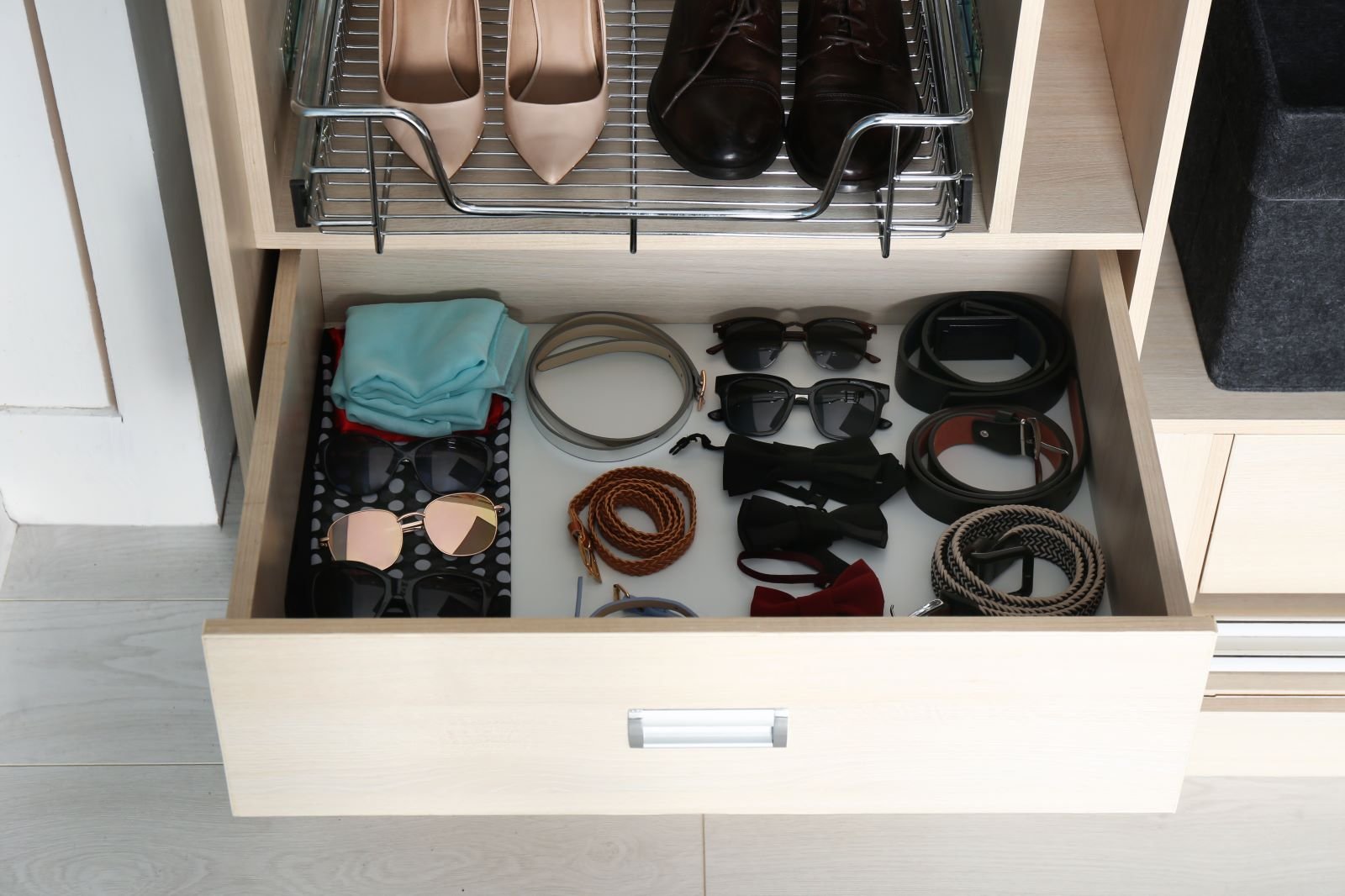
Scarves, hats, belts, and other accessories that you never wear can clutter up your closet. Keep only the ones that match your style, and donate or recycle the rest.
Old Uniforms

School uniforms, work uniforms, and other attire from previous jobs or schools can take up unnecessary space. It’s best to recycle or donate them unless they hold significant sentimental value.
Excess Bedding and Linens
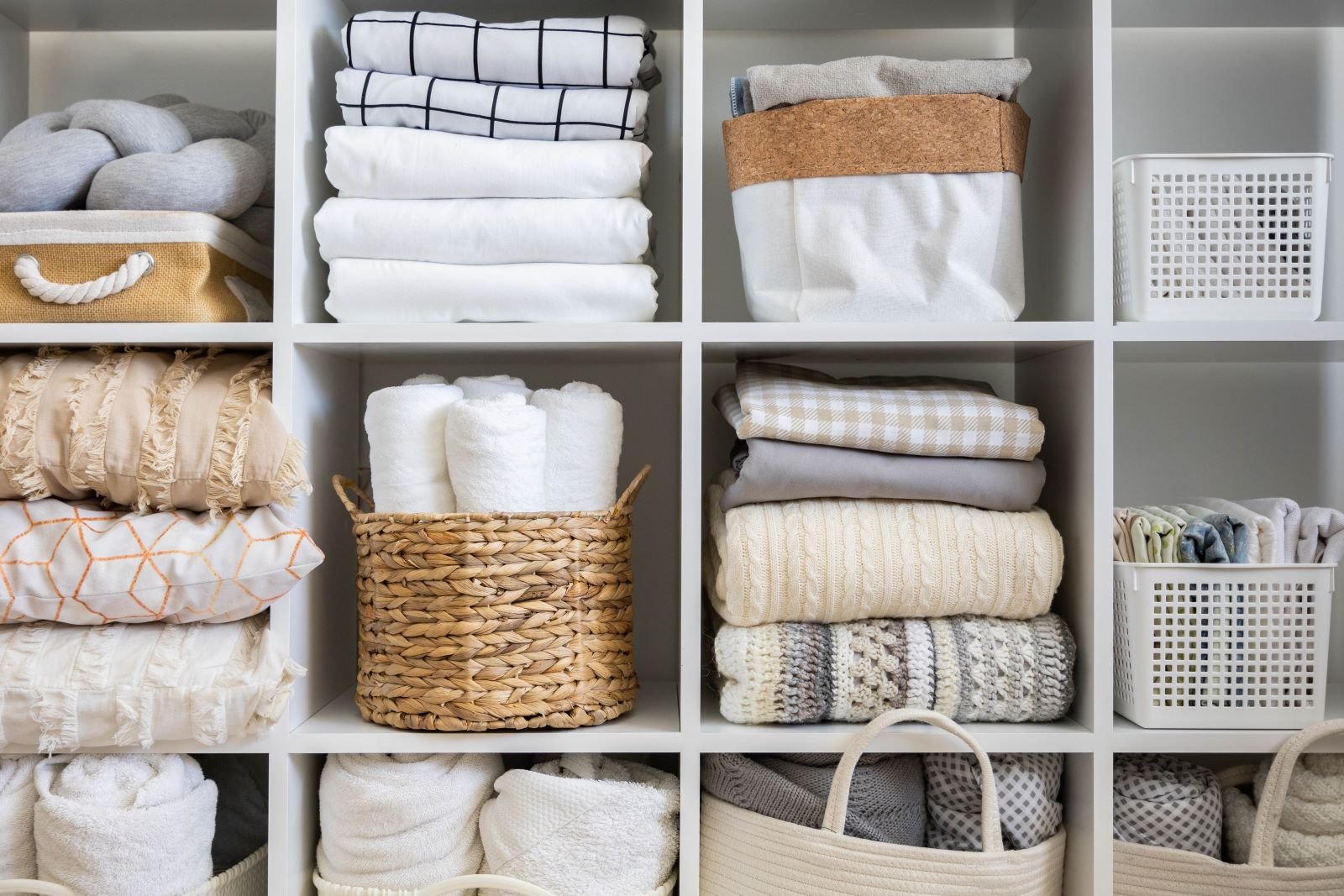
Extra bedding, linens, and blankets that are rarely used can be stored elsewhere in the home. Use storage bins or vacuum-sealed bags to keep them out of your main closet space.
Craft and Hobby Supplies

According to Americans for the Arts, approximately 49% of people in the U.S. engage in creative activities, including painting, singing in choirs, crafting, writing poetry, and playing music. That means, Americans also have the tendency to buy craft supplies.
If you have craft supplies or hobby materials that you no longer use, consider donating them to schools, community centers, or friends who might use them. Keeping these items out of your closet can free up a lot of space.


